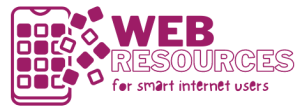Logo Design is an art of creating beautiful logo for companies, brand, and individuals. The general consensus about logo design is poor; it states as logo designing is an easy process and doesn’t require much thinking and effort. But, the notion is completely wrong. Logo Design is a challenging task which incorporates client ideologies into the logo. The process is complex as the designer has to keep all the important logo design techniques in mind.
Logo Design can be mastered with mindful practice and can become comparatively easier with time. Following well-known tools and techniques can make bring the whole process under control. Novice logo designer faults in their first-step thinking that the logo is only for the client. Logo represents a company and real world scenarios are different. Keeping this one basic idea in mind can bring wonders for the logo designer.
Mastering Logo Design is not a child’s play; it takes time and practice to get good at the art; similar to any other art in the world.
Importance of Logo
Logo is not another piece of art; it carries the branding of a company, organization or an individual. Logos are also important because it showcases creativity and uniqueness of the idea being implemented. Retaining high quality with the idea in mind is a tough task and the logo designer must be praised for everything they do.
Learning the basics
Basics are the most important part of any art or skill we learn. If you want to be professional in any field, the most important information will make you do the job efficiently with confidence is the basics. Without clear knowledge of basics, you won’t be sure of what to do next, what to archive and find mistakes when stuck.
The clear knowledge will lead you to build an effective, graphic, practical logo conveys the correct form of information intended by the client. To seize the best results during the creation of logo design; one should keep the following principles in mind:
1. The logo must be simple and easy recognized by the human brain. Human brain doesn’t like complexities and creating a complex logo will only lead to being discarding. Also, simplicity has its own benefits, as it helps to create a long-lasting impression on the psyche of the consumer.
2. Simplicity is followed by memorable. A simple logo not memorable has no value.
3. Longevity is another important goal to achieve for logo designers. The logo must last at least 10 years.
4. The logo should be versatile and appropriate for the audience targeted.
Understanding the Design Process
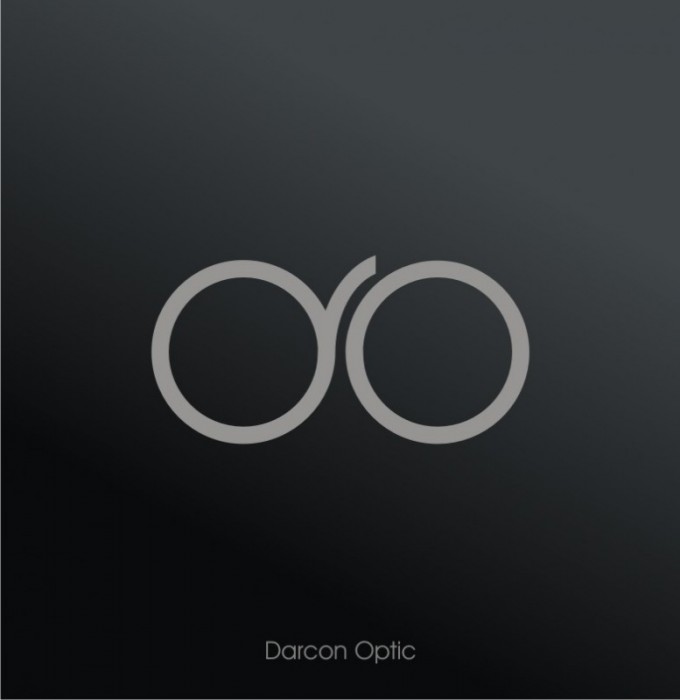
Design Process for all the designers is not the same. But still there is a well-known way of approaching the design process. The approach is mainly used by professionals and is highly rewarding if done correct.
1. Creating the initial knowledge base is the most important part of the logo design. Without completely knowing what the clients wants, starting other aspects of the process will be useless.
2. Research about the industry for which the company belongs and also carry out in-depth analysis of its history, values and vision. Understanding its competitors will also help to know what the client is looking for.
3. The next step is to visual research about the logo. Figure out how to approach the logo, its attitude and other important aspects.
4. Sketching and conceptualization stage leads to getting a piece of paper and develop an initial prototype of the logo.
5. Reflection: Reflect on what has been done through the design process. This will help to ensure each stage has been scrutinized and improved.
6. Presentation: Present the work in a friendly manner and get ready to repeat the whole process once the client provides feedback.
How much you bill your client?
After completing the work (or before starting the work), the main question arises is how much you should bill your client. The answer can be tricky as it depends a lot on the logo designed, skills used and time consumed on the task.
Number of revisions also plays an important role in figuring out the final cost. Few logo designers choose to provide free revisions up to a limit, others charge for revisions and it’s all up to the individual designer at work.
You can read more about this question here.
Preparation
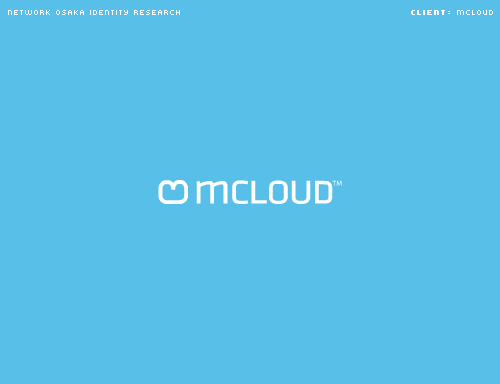
The next vital step is to prepare well for the logo design. The preparation step includes researching your audience, immersing your thoughts into the brand, organizing all the sketches built on the project, research online and let your creativity flow in.
Researching your audience is the first vital step in the preparation for the later stages. There are chances the client can chip in this stage. Client initial input is important as there might be a conflict on what needs to be done. In short, command the message clear.
After completing initial audience research, it is advised to completely immerse yourself in the brand, learn to know the in and out of the brand by researching online about the previous logo the company had, the ideologies of the company and more. Incubate the idea in your subconscious mind and let it stay there for a while.
Things to keep in mind during preparation stage:
1. Keep all sketches with yourself. There are fair chances you will come out with half-a-dozen initial design before moving on with one final design. Later on, you can take inspiration from other initial logos or apply it in other projects.
2. If stuck, don’t hesitate to research online for ideas and thoughts. Post in forums to take user inputs on how to approach the problem.
3. Never Imitate! I repeat! Never Imitate other logos. There are two reasons you should not do this, one is on moral grounds. The other is the client has paid you for unique design and it would turn the whole deal into sour grounds. This can also hamper your professional image in the longer run.
4. Clients can dictate on how to approach the logo design. It’s good initially to take client’s input, but integrating client inputs in every stage is disaster.
Beginning Design Work
Design Work starts with sketching and its best practice to start using a pencil and a pen before moving on to the computer to start designing the logo. The main reason behind this kind of approach is the sole reason of faster and more natural drawing on paper. Later on, you can move to the computer and use Photoshop CC to draw the logo.
Another important point to keep in mind is the use of vectors. This will make sure all your logos are scalable and easy to transfer between different logo design softwares. Using smart objects make it easier to combine with other elements.
The Role of Typography
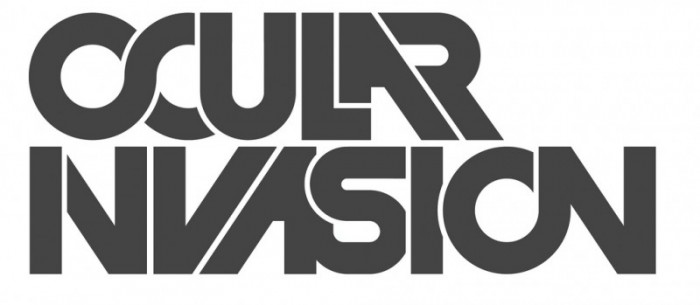
Typography is the core of logo design. Without appropriate typography, the logo will date faster than usual and don’t look good in the longer run. The designer can design his own typeface or use an existing one. The choice depends wholly on the designer or the project. Generally, it is advised to use already existing typeface as they have passed the test of time.
Also, make sure the typeface is simple and legible. There is no need to overshadow the type font for the bling-bling effect.
It is also advised not to use free fonts for your professional work. The fonts are free for a reason and lack the elegance needed to even consider for the project. You should always go for classical and tested fonts.
The last point to keep in mind is to try to choose a font matching the brand originality. Experiment more as the truth stands “Trail and error solve the problem”.
Clever Use of Space

Spacing in Logo has its own impact on the viewers. If used cleverly it can add value to the logo and the content put beside it. You can also choose to use negative spacing effectively as done in many brands out there. The famous example would be FedEx.
The use of Space depends mainly on the context. Using unnecessary space can lead to disaster, so use it only when it’s appropriate.
Graphic Design and it’s intricacies
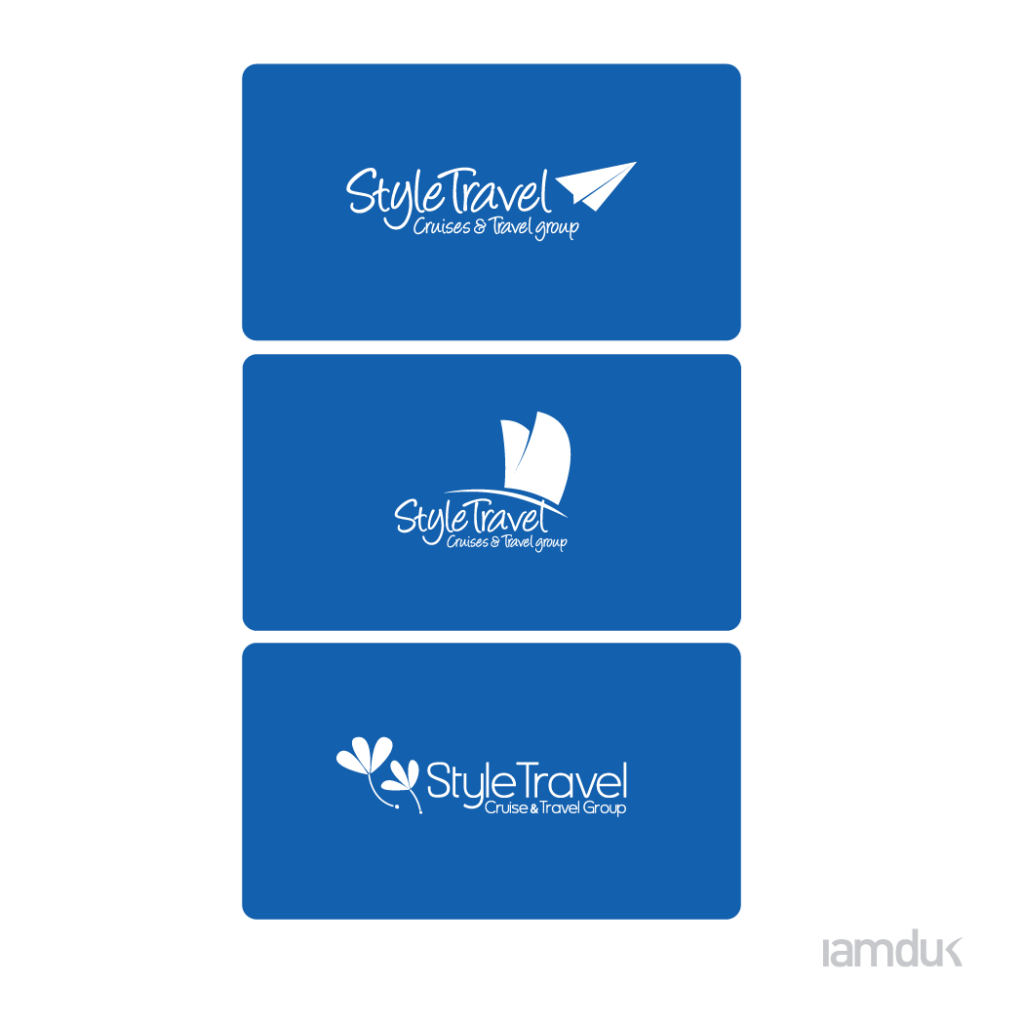
Each logo has its own meaning and choosing a right movement style can add value to already great logo. For example, you can choose a ball as logo and showcase air around it by drawing lines. This can give an impression of speed and agility.
Also, cultural notions are needed to be kept in mind. For example in the west, left denotes regressive, backward whereas right denotes progressive and forward-thinking. In east, things are quite different. Keeping this in mind while designing the logo will appeal to the region for which the logo is designed.
Color and tones are also vital in logo design and you should consider the appropriate mixture of both of them. Above all the tips and tricks, the key to success in logo design is experimenting a lot with constant feedback from the peers.
The Modern approach to logo design

Modern practices have changed a lot in almost all the niche be it web designing or logo designing. The modern view on design is more on the minimalistic side. Cleanliness is also an important part of the modern logo design practices. Keep the following points in mind to build a highly modern and clean logo:
1. Ensure the logo works well on darker backgrounds.
2. Using too many fonts in the logo design will make it more like a child’s work than a professional’s work. Restrict the use of only two fonts at maximum.
3. Try to achieve less redundancy by removing unnecessary or doubted parts of the logo design. Achieve simplicity and try to send a statement rather than the whole history of the brand.
4. Make your logo design responsive. Responsive design is popular and it will penetrate more in the upcoming days. A good practice is to keep making responsive logos as it fits each and every device without doing further work.
Functionality of the Logo
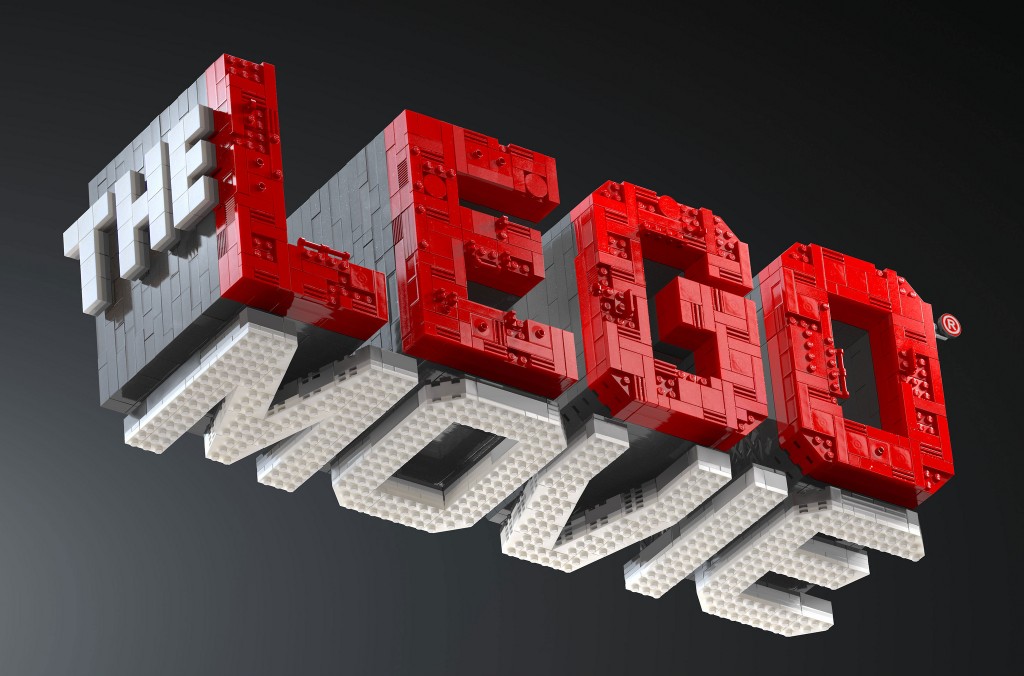
Functionality of a logo is defined as the working of logo in different environments including web and on printed media. To ensure it functions well, test the logo thoroughly with different dimensions. To make it scalable, use vector version of the logo, this will help the client to resize it according to their needs.
Vector logo will also make sure the logo works on all media including newsprint, mobile devices or online.
The functionality of the logo is maximized if the logo is future-proof. By future-proof, I mean to say the logo should stand the test of time and represent the company in all diverse conditions.
Feedback
Feedback is important and when I say it is important in every phase of life. Feedback in logo design is as important as in any other art.
Knowing about how your logo looks for different people around the world will give you an added advantage. There are chances a logo is perfect in one state or region is offensive and rude in other. Examples include Nike Air on the shoe is criticized for sounding like displaying Allah.
Though it is perfectly fine to take feedback from the client; sometimes it’s better to know you are the real driver and client is the passenger. Feedbacks are important but completely re-designing the work according to clients feedback can lead to nowhere. To overcome this, ask clients specific questions such as does the logo meet your requirement? or does it matches with company’s ideology? etc. Asking broad questions such as Did you like it? or What can be improved? can cause you in trouble.
Another thing to keep in mind while taking client feedback is when client responds in the broader sense, ask them to be specific in their feedback. This will help you find out what he is looking for rather than finding it by the designer.
Feedback should be achieved on the international level. The reason as mentioned before, different cultures take information differently. So, it’s better to go for a long drive before launching the logo.
Conclusion
Logo Design is big; it incorporates thinking, art, creativity, and planning. Without proper planning, the whole process can look wobbly and not linear. Still not all logo designers work the same way and linearity is not celebrated but keeping the ideas in mind helps and make the logo designer grow.
Got more tips to share? Comment below and share it with BFWR community!
Image Courtesy: Flickr (Creative Common License)
